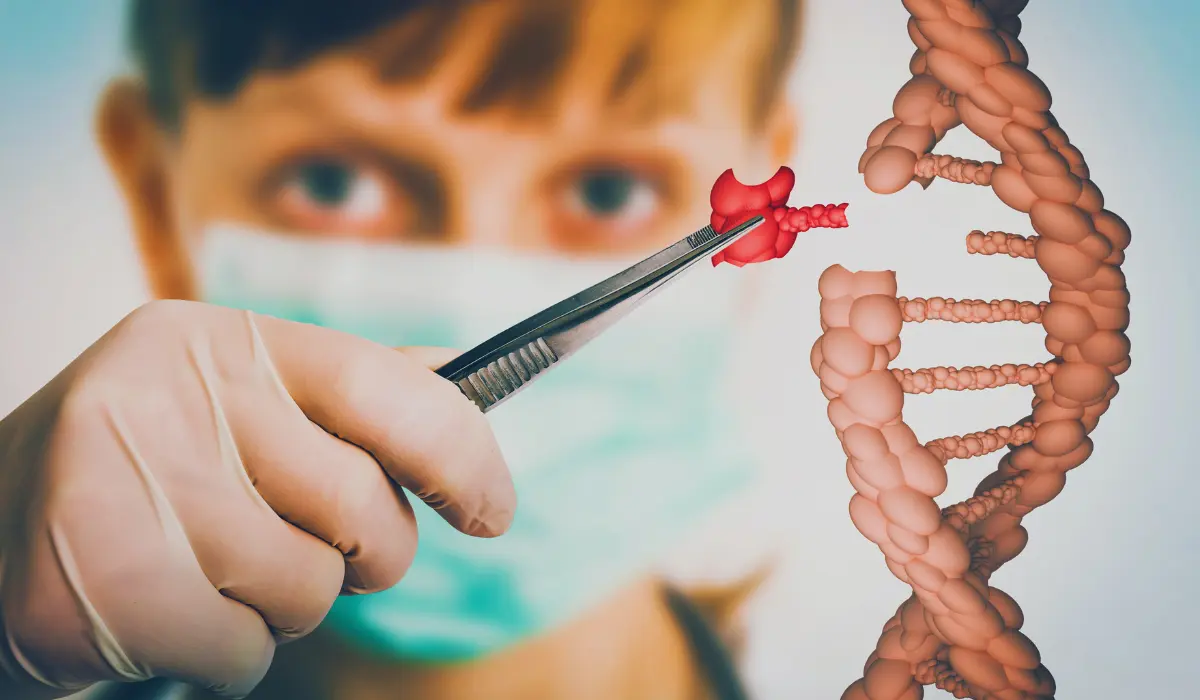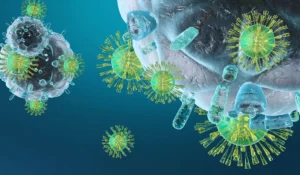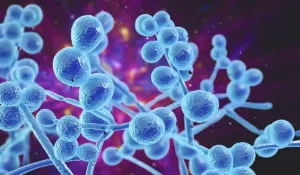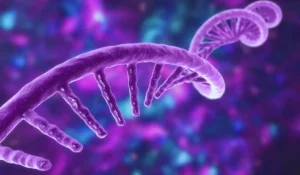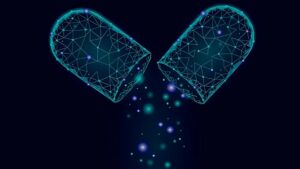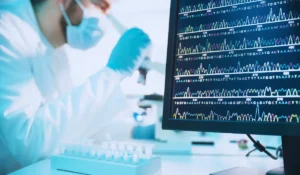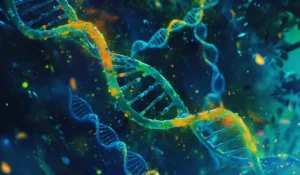What is Adrenoleukodystrophy?
When you split the term, Adreno means adrenal glands; Leuko means White; Dystrophy means Tissue Degradation. Connected together, Adrenoleukodystrophy or ALD is a rare genetic disorder that results in a progressive loss of white matter in the nervous system and degradation of adrenal glands. This occurs due to mutation in a gene situated in the X-chromosome called ABCD1 gene!
ABCD1 genes
We know that genes instruct our bodies to synthesize proteins. Likewise, ABCD1 gene controls the body to make ALD protein or Adrenoleukodystrophy protein.
This protein is a transporter which is located in the membrane of cell structures called peroxisomes that breaks down fatty acids. So, ALP protein brings in specific forms of fats into peroxisomes.
The type of fat that they bring in is very long-chain fatty acids or VLCFAs that are present naturally in our human body and are there in our diets. Once these very long-chain fatty acids reach inside the peroxisomes, they are split into shorter forms of fatty acids.
What Causes Adrenoleukodystrophy?
In ALD, ABCD1 gene mutation takes place resulting in a defective ALD protein. Because of the defective ALD protein, entry of very long-chain fatty acids (VLCFAs) to peroxisomes does not happen leading to their accumulation inside cells.
This build up results in the damage of the nerve cells along with their supporting glial cells, cells in the adrenal glands which produce steroid hormones, cells in the testicles and few of the immune cells in our body.
How is Adrenoleukodystrophy inherited?
It is inherited in an X-linked manner which implies that ABCD1 gene is present on X-chromosome. So, males carrying ABCD1 gene mutation on their X chromosome will have Adrenoleukodystrophy while about 85 percent of females carrying ABCD1 gene mutation on one of their X chromosomes show increased levels of very long-chain fatty acids (VLCFAs) but only half will have symptoms.
What are different ALD types?
Adrenoleukodystrophy has variable expression i.e. symptoms differ from one person to another. Even within a family, symptoms may vary.
Hence, there are 4 main types of ALD that can develop in an affected individual. Despite extensive research, it remains unknown why some develop one type of ALD and others develop other types of ALD. Because of this, it is unpredictable to find who will develop which form of ALD.
- Adrenomyeloneuropathy type or AMN
- Childhood cerebral type or ccALD
- Adult cerebral type or acALD
- Adrenal Insufficiency only type
Adrenomyeloneuropathy type is the most common type and it occurs due to a slow progressive degeneration of long nerve fibers in spinal cord and peripheral nerves.
In AMN type, both adrenal and neurological issues occur and the symptoms begin in early adulthood which include weakness, stiffness, clumsy limbs, hand and feet pain, muscle spasms, urinary difficulties and erectile dysfunction.
In childhood cerebral type, there is a speedily intensifying brain inflammation that results in brain’s white matter destruction. Here, the babies develop normally in the first few years, but the neurological symptoms begin in early school age. The symptoms may include new onset behavioral issues, disability in learning, vision loss, seizures, deafness, loss of speech and trouble coordinating movements.
Like childhood cerebral type, the adult cerebral type is also characterized by brain inflammation that results in brain’s white matter destruction. Here, men who usually have symptoms of Adrenomyeloneuropathy type will additionally begin to experience memory and cognitive problems like people with dementia, changes in their behavior, slurred speech and inability to take care of themselves.
In Adrenal Insufficiency-only type, adrenal deficiency will be there, but there won’t be neurological issues. Symptoms might begin any time between childhood and adulthood and include increased skin pigmentation, decreased appetite, low blood pressure, muscle frailty and vomiting.
Males develop all types of ALD while half of the females who carry the mutated ABCD1 gene develop Adrenomyeloneuropathy symptoms generally during middle age. Cerebral forms and adrenal insufficiency types are very rare in females.
How is Adrenoleukodystrophy diagnosed?
Individuals with adrenal insufficiency even in the absence of neurological symptoms can be diagnosed as ALD. Diagnosis begins with a blood test which counts the amount of very long-chain fatty acids. Blood test is followed by genetic testing to confirm ADL. After confirmation, to evaluate the extent of the condition, a brain MRI is done.
What are the treatment of ALD?
Since ALD is caused due to genetic mutation, the overall cure is unknown, but there are different forms of treatment that subsist.
For childhood cerebral type, early screening and diagnosis needs to be done as hematopoietic stem cell transplant also called bone marrow transplant can be done if detected during early stages of disease. Because of this, neonates are tested for ALD in many countries.
For the adult cerebral type, therapy focuses on the treatment of adrenal insufficiency using supplementation of missing steroid hormones. Medications and physical therapy is advised with those having symptoms like pain, muscle stiffness and gait issues.
Quick summary
Adrenoleukodystrophy or ALD is a rare genetic disorder caused by mutation in the ABCD1 gene located in the X-chromosome that results in a progressive loss of white matter in the nervous system and degradation of adrenal glands.
Adrenoleukodystrophy has variable expression i.e. symptoms differ from one person to another. So, there are different forms or types of ALD.
Symptoms of it are neurological or adrenal insufficiency. Blood test to detect very long-chain fatty acids and Genetic test is done to diagnose and confirm ALD.
Therapeutic management involves supplementation of glucocorticoids for adrenal insufficiency and bone marrow transplantation for childhood cerebral type, symptom-targeted medications and physical therapy for adult cerebral type.
Reference
Encyclopedia of Molecular Mechanisms of Disease by Florian Lang
Encyclopedia of Molecular Biology by Thomas E. Creighton
Rare Diseases: Integrative PPPM Approach as the Medicine of the Future from Springer
